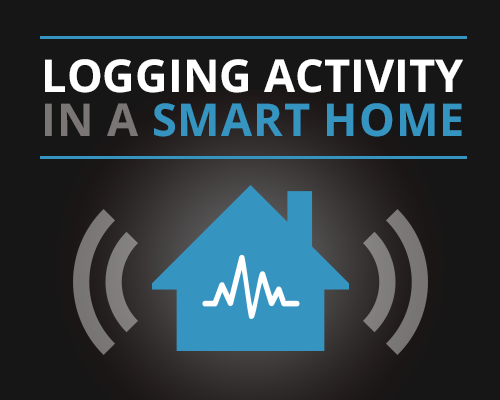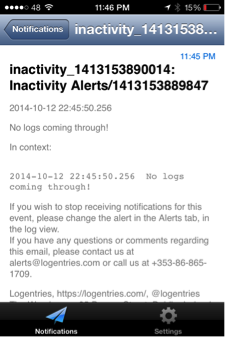Last updated at Fri, 03 Nov 2017 14:14:08 GMT
The Smart Home concept is a subset of the Internet of Things(IoT). The core idea is to connect “things” (digital devices) to each other to facilitate communication, feedback, and alerting. In essence connecting the physical world with the digital world. We are installing new sensors and actuators into everyday devices that is leading to new IoT and Smart Home services by integrating existing solutions and technologies.
The IoT network is growing at an unbelievable pace.
From just 2 billion objects in 2006 to a projected 200 billion in 20201. The connection of these smart “things” can provide us with accurate, critical information that can potentially be used to increase the quality of our lives. IoT is only limited by our imagination. It has applications in health, transport, home, industry and smart buildings to name but a few.
Let’s focus on the Smart Homes concept.
How many times have you walked out of your house, got into your car, and after driving away asked yourself: “Have I locked the front door?”
With an electronic front door connected to your Smart Home network using the IoT, it’s as simple as logging into your mobile device, checking for unlocked doors, and then locking them with a single tap on the screen. All this intelligence provides an opportunity for people to interact remotely with their home environment in real time.
A major challenge is providing the analytical infrastructure that understands the flow of data, detects anomalous behavior, and makes the appropriate decision.
In order to turn the Internet of Things into the Internet of Opportunities we need to handle, process, and visualize data in a human-friendly way, while keeping in mind that a change in one object may have an impact on another object. Being able to receive real time data from all the sensors installed in the object is crucial for successful analytics and decision-making.
Logging comes to the rescue for IoT and Smart Home applications.
One advantage of a good logging system is the ability to track every event and then use visualizations to uncover patterns that can predict ‘critical’ events likely to occur in the future.

Logging in a Smart Home example
Reflecting on the concepts above with the use of a real life example4 let’s consider the house of an elderly person fitted out with a variety of sensors. Fore example a pressure sensor on their bed, flow sensor in their bathroom, motion detectors in their kitchen.
For ten days straight we observe that the person wakes up at 6am, turns on their kettle, and has a bath. A pattern of activity has emerged, all of these key events are logged and deviations from the norm can trigger alerts.
On the 11th day the kettle doesn’t turn on, water is not flowing and pressure sensors on the bed are not activated. This could raise a warning or a critical alert that could save the person’s life by sending a simple notification to the family members or health services that something may be wrong.
Solutions
A real time tags and alerts feature can send critical alerts using SMS, email and iPhone notifications when important events do not occur3.
One of the solutions to the problem described in the above use case would be to create new inactivity alert that triggers a new notification after a specific time of logging inactivity.

Or an inactivity alert notification sent to Logentries Notification iPhone app.

In the near future, hundreds of billions of devices will become interconnected4.
Individuals and businesses already appreciate the potential and capabilities of IoT and are pushing such functions into the home. We need to be prepared for the change, innovate and push the boundaries in a safe and secure manner5.
If you’d like to explore more about types of alerts, check out our post on alerts and global notifications.
References:
